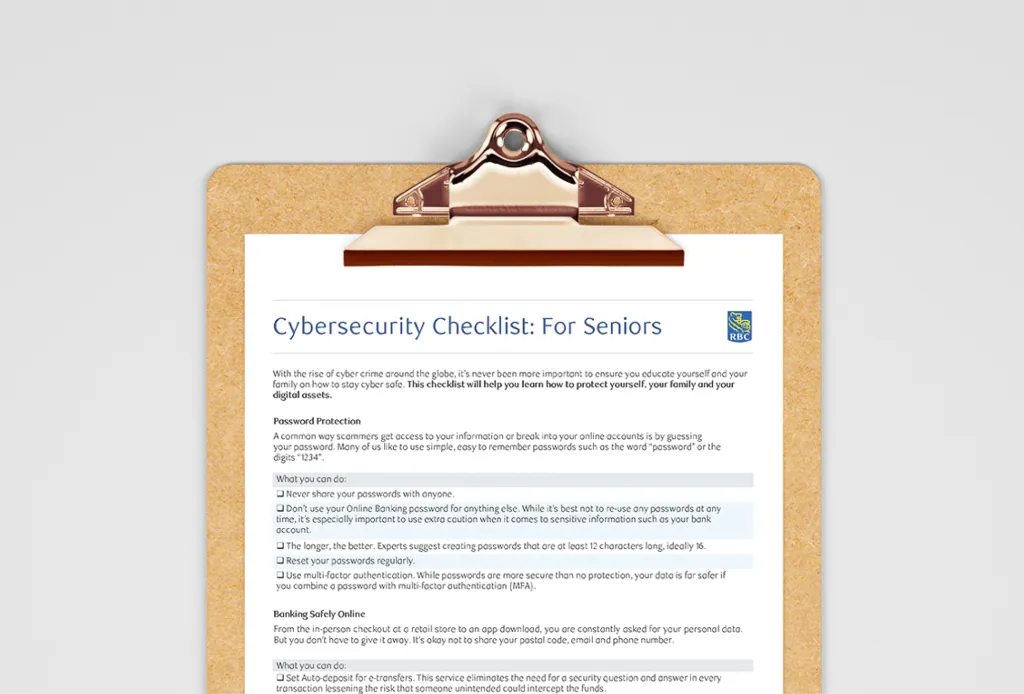Your business runs on data – from customer information to financial records, proprietary research to sensitive employee data. Protecting it is both a fundamental responsibility and an expectation of your employees, partners and even your customers.
Businesses of all sizes can be victims of data breaches and cyber attacks. No matter the scope or scale of your business, any information can be stolen and used for criminal activity.
To help keep your business secure, here are five key types of data that need protection – and why they matter.
1. Customer Data
Customer data includes names, addresses, phone numbers, emails and payment details of your customers. If it becomes compromised, it could be exploited by fraudsters for identity theft or phishing attacks.
Consumers today are savvier than ever and pay close attention to their privacy. As such, businesses that fail to protect customer data risk losing their trust and potentially their business – many studies have shown that customers would not hesitate to abandon a brand if the organization was breached.
What’s more, businesses must comply with the Personal Information Protection and Electronic Documents Act (PIPEDA), which requires organizations to handle personal data responsibly, obtain consent when collecting it and report breaches if they pose “significant harm”. Failing to do so could lead to legal and financial consequences.
How to protect customer data:
-
Use end-to-end encryption for transactions and data storage to prevent unauthorized access.
-
Limit access to customer data to only a select few authorized employees.
-
Implement secure payment processing to protect credit card information.
-
Clearly communicate data usage policies to customers, ensuring they are aware of and agree to the way their information is used.
-
Conduct regular audits to check for vulnerabilities.
2. Financial Data
Financial data includes bank account details, financial statements, payroll records, invoices and transaction histories. Whether it’s the company’s financial information or that of customers and vendors, this data is a prime target for cybercriminals.
A breach of financial data can have devastating consequences – a new study by IBM reveals that in 2024, the average cost of a data breach to a Canadian organization was $6.32 million. While this cost reflects the impact to larger enterprises, smaller businesses are not immune and an attack on financial data can lead to fraudulent transactions, frozen or disrupted cash flow and unwelcome attention by regulators and the media. Businesses must also consider the risk of insider threats, where employees or contractors misuse financial data for personal gain.
How to protect financial data:
-
Implement Multi-Factor Authentication (MFA) when accessing banking and accounting systems.
-
Use data masking to protect sensitive financial information from exposure.
-
Maintain encrypted and secure backups – ideally in offsite locations – to prevent data loss.
-
Monitor transactions for fraud – today, there are AI-driven tools that can automatically detect unusual activity.
3. Employee data:
Businesses store significant amounts of confidential employee data, including Social Insurance Numbers (SINs), health benefit details, salary information, performance reviews and HR records on their systems. If exposed, this information can be used for identity theft, fraud or even discrimination claims.
How to protect employee data:
-
Restrict access to HR and payroll records so that only authorized personnel can view sensitive information.
-
Use encrypted communication channels for sharing employee-related documents.
-
Provide cybersecurity training to help employees recognize phishing attempts and learn data security best practices.
-
Immediately revoke access to company systems when an employee leaves.
4. Intellectual Property
Intellectual property (IP) includes trade secrets, proprietary software, patents, business strategies and confidential research. A company’s IP is often its most valuable asset, and if stolen or leaked, it can weaken their competitive advantage or result in financial losses. And, if your IP isn’t properly protected, you could face legal battles should another company claim ownership.
How to protect Intellectual Property:
-
Require employees and vendors to sign Non-Disclosure Agreements (NDAs) to prevent unauthorized sharing of sensitive information.
-
Control access to proprietary files, ensuring only key personnel can see confidential documents.
-
Use digital rights management (DRM) tools to track and restrict how IP is accessed and shared.
-
Implement secure cloud storage with strict authentication controls for research and development data.
-
Register patents and trademarks to establish legal protections.
5. Business data
Business data includes internal communications, strategic plans, supply chain details, customer contracts and vendor agreements. If this information is hacked, it can disrupt your operations and give competitors an advantage.
A cyberattack targeting business operations – such as a ransomware attack – can disrupt productivity and damage relationships with customers and suppliers. Further, if third-party vendors have weak cybersecurity practices, they can become an entry point for attackers.
How to protect business data:
-
Develop an incident response plan to quickly mitigate breaches and cyberattacks.
-
Use encrypted collaboration tools for internal communications and document sharing.
-
Conduct regular security audits to identify vulnerabilities in your systems.
-
Vet vendors and partners for their cybersecurity measures.
-
Implement Data Loss Prevention (DLP) software to detect and prevent unauthorized sharing of critical business information.
Remember, the cost of a data breach isn’t just financial. When your data is exposed and exploited, you can suffer reputational damage, legal consequences and long-term disruption.
By implementing strong cybersecurity measures, training employees and staying ahead of evolving threats, you can help safeguard your most important data.
It is critical that we all become more Cyber Aware and safeguard our online activities. Visit Be Cyber Aware for more tips.
Stay informed about any new or ongoing scams by checking RBC Current Scam Alerts.







